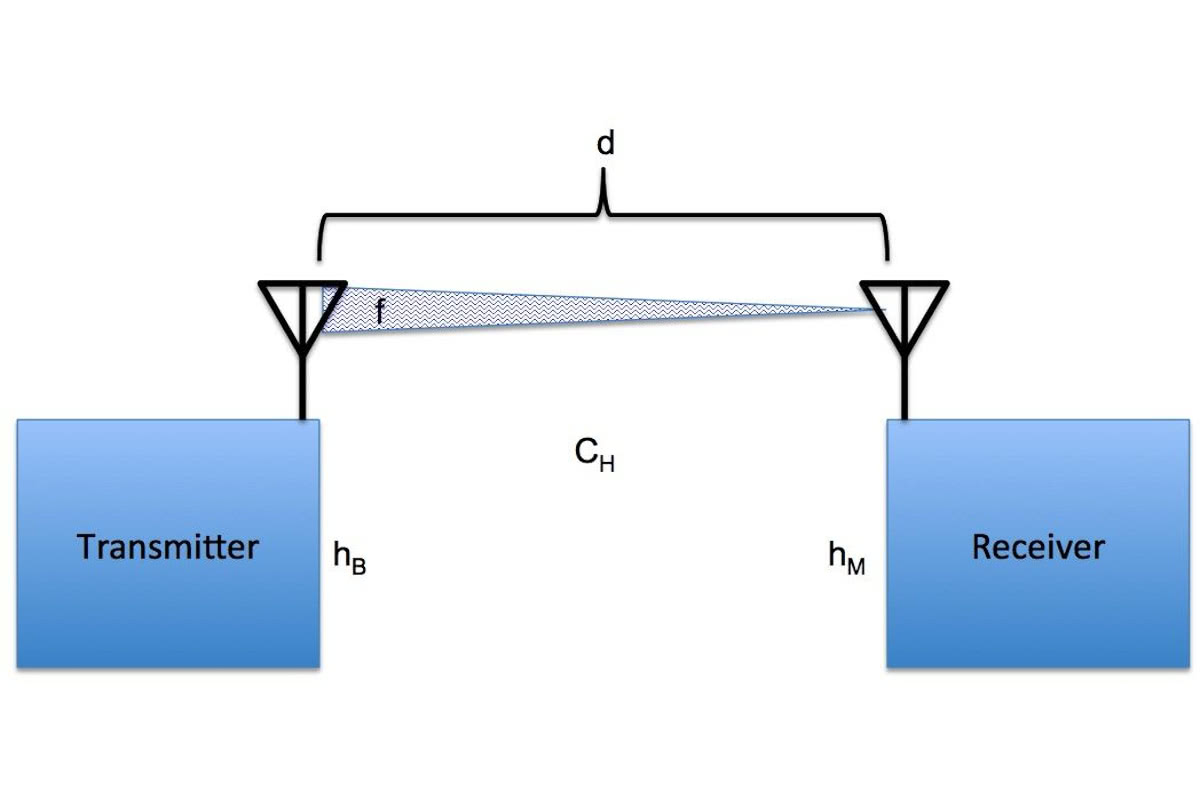The rise of low-power long-range radio technologies like LoRaWAN has been a boon for the Internet of Things (IoT), but working in radio brings unique challenges – as demonstrated by Embedded.com’s new guide to optimising the performance of embedded radios.
Written by Chris Lamb and Rod Williams, the guide introduces the core concepts of radio work with a view to addressing the difficulties of balancing the two key aspects involved: the performance of the radio versus the amount of power it requires. The three-page guide also addresses issues unique to radio, such as signal loss and noise sources not present with traditional wired sensor networks.
“To maximise range and battery life, almost all aspects of the device must be considered. The size of the device bounds the antenna efficiency, battery volume and PCB area for an optimum RF implementation,” the pair explain in conclusion. “The care with which the RF [radiofrequency] circuits are designed bounds the range and if done poorly, will degrade the battery life. Similarly, care invested in design of the operational states to maximise sleep time and minimise on-air time can increase range and improve battery life.”
The full guide is available now on Embedded.com.
